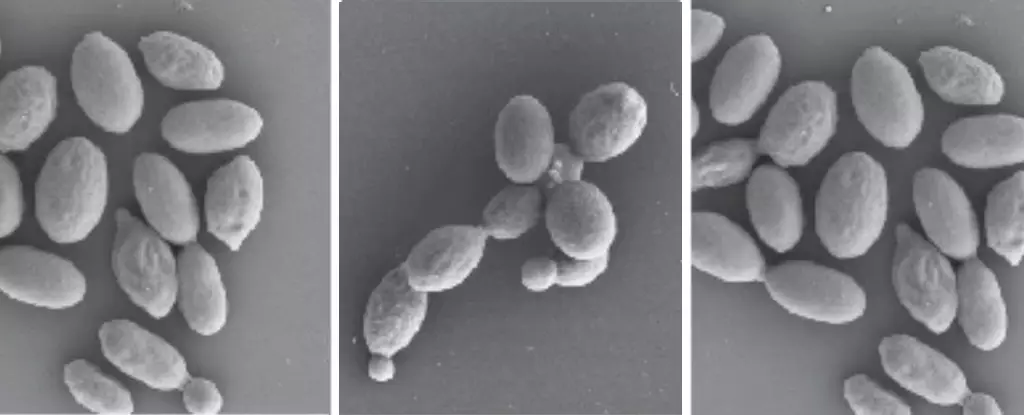The repercussions of rising temperatures on fungal mutations are alarming, as researchers from Nanjing Medical University have discovered. The elevated temperatures are not only making fungi more infectious, but also rendering them drug-resistant. This realization has prompted concerns about the underestimated danger and significance of new fungal pathogens emerging in a warming world.
Fungal infections are already responsible for approximately 3.75 million deaths each year, despite most fungal species typically thriving in cooler environments than those found within the human body. However, studies have shown that the adaptation of fungi to warmer climates can fundamentally change their biological makeup. An example of this is the emergence of Candida auris as a pathogen due to climate change, marking the first known case of fungi evolving in response to environmental conditions.
The Discovery of New Fungal Pathogens
By analyzing data from 96 hospitals in China over a ten-year period, researchers identified a previously unknown group of fungi that had never been associated with human infections before. Among these, Rhodosporidiobolus, isolated from two unrelated cases, displayed concerning characteristics. When exposed to the average human body temperature in laboratory settings, certain species of Rhodosporidiobolus thrived and even transformed into a more aggressive form in response to the heat.
Rhodosporidiobolus species, particularly R. fluvialis and R. nylandii, exhibited high tolerance to elevated temperatures and showed resistance to commonly used antifungal medications like fluconazole, caspofungin, and amphotericin B. Furthermore, in their pseudohyphal form, R. fluvialis displayed increased aggressiveness and resistance to immune macrophage cells, posing a significant threat to the human body’s defense mechanisms.
The Urgent Need for New Solutions
The researchers discovered that Rhodosporidiobolus strains were not easily adaptable to polymyxin B, a bactericide that could potentially combat their growth. However, the toxicity of polymyxin B to neurons and kidney cells limits its practical application as a fungicide. As global temperatures continue to rise, the morphological changes observed in fungi like Rhodosporidiobolus heighten the risk of encountering hazardous fungal pathogens in the future. This underscores the urgent need for the development of new antifungal treatments to mitigate the growing threat posed by mutated fungi. The complexities of the evolving relationship between fungi and climate change highlight the importance of proactive measures to address this pressing public health issue.


Leave a Reply